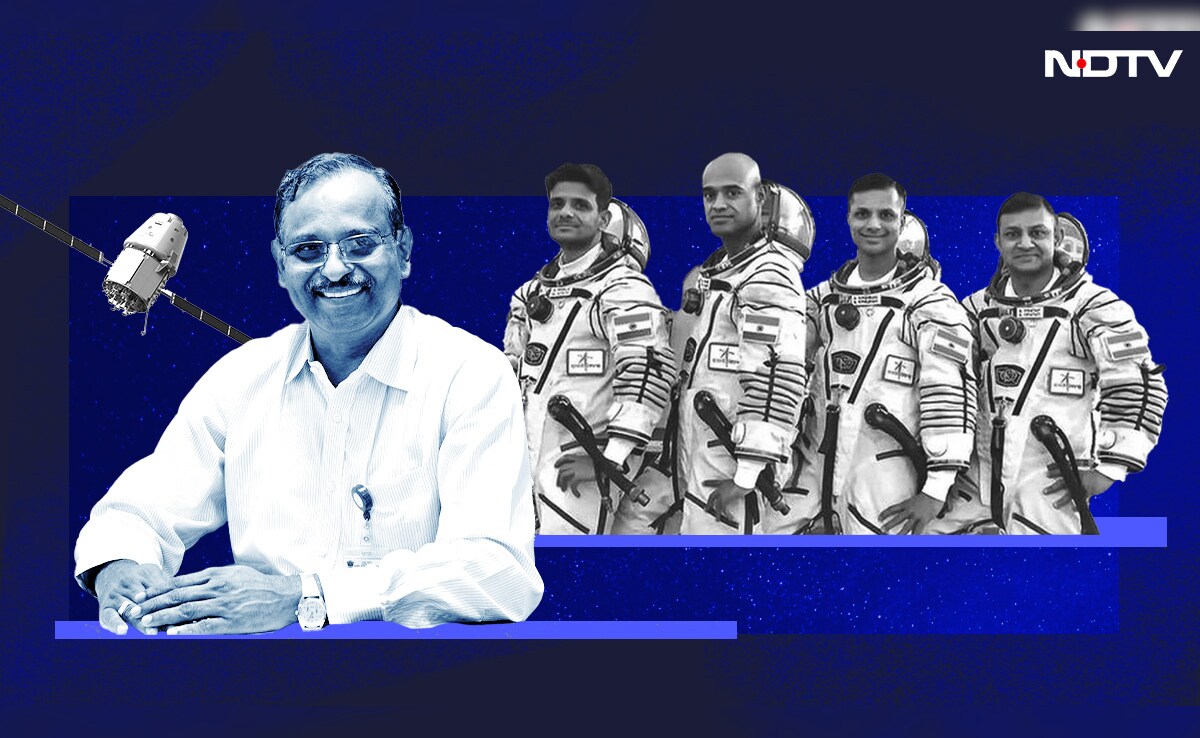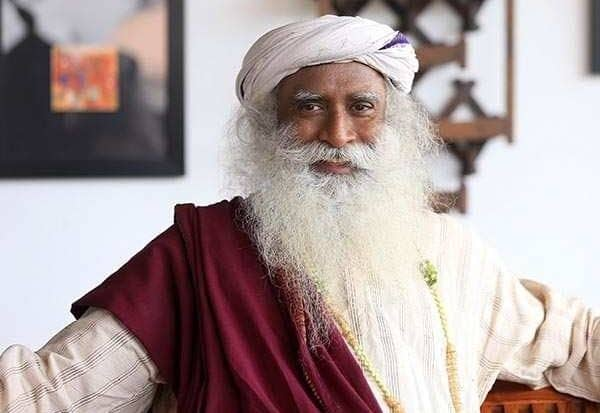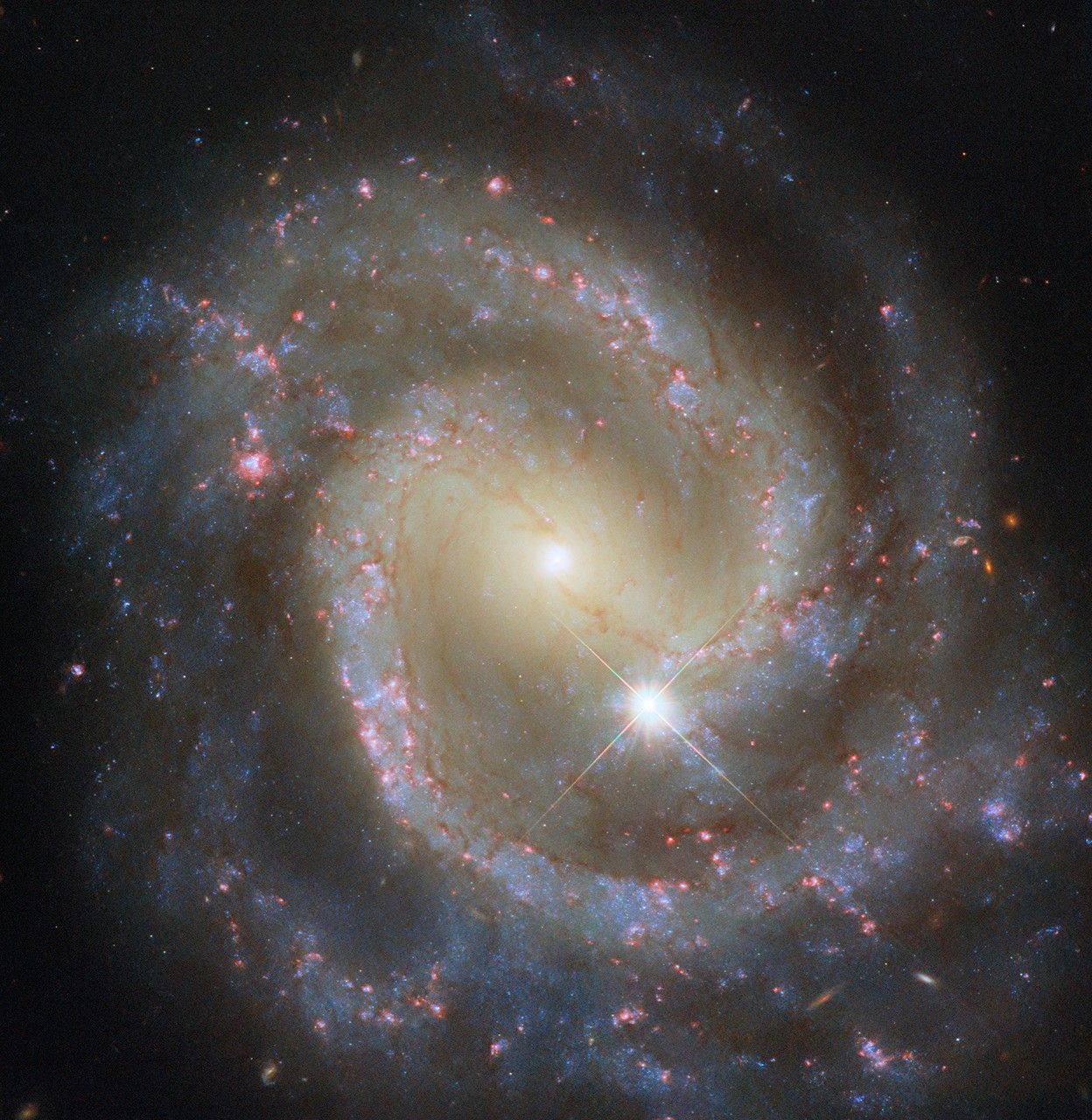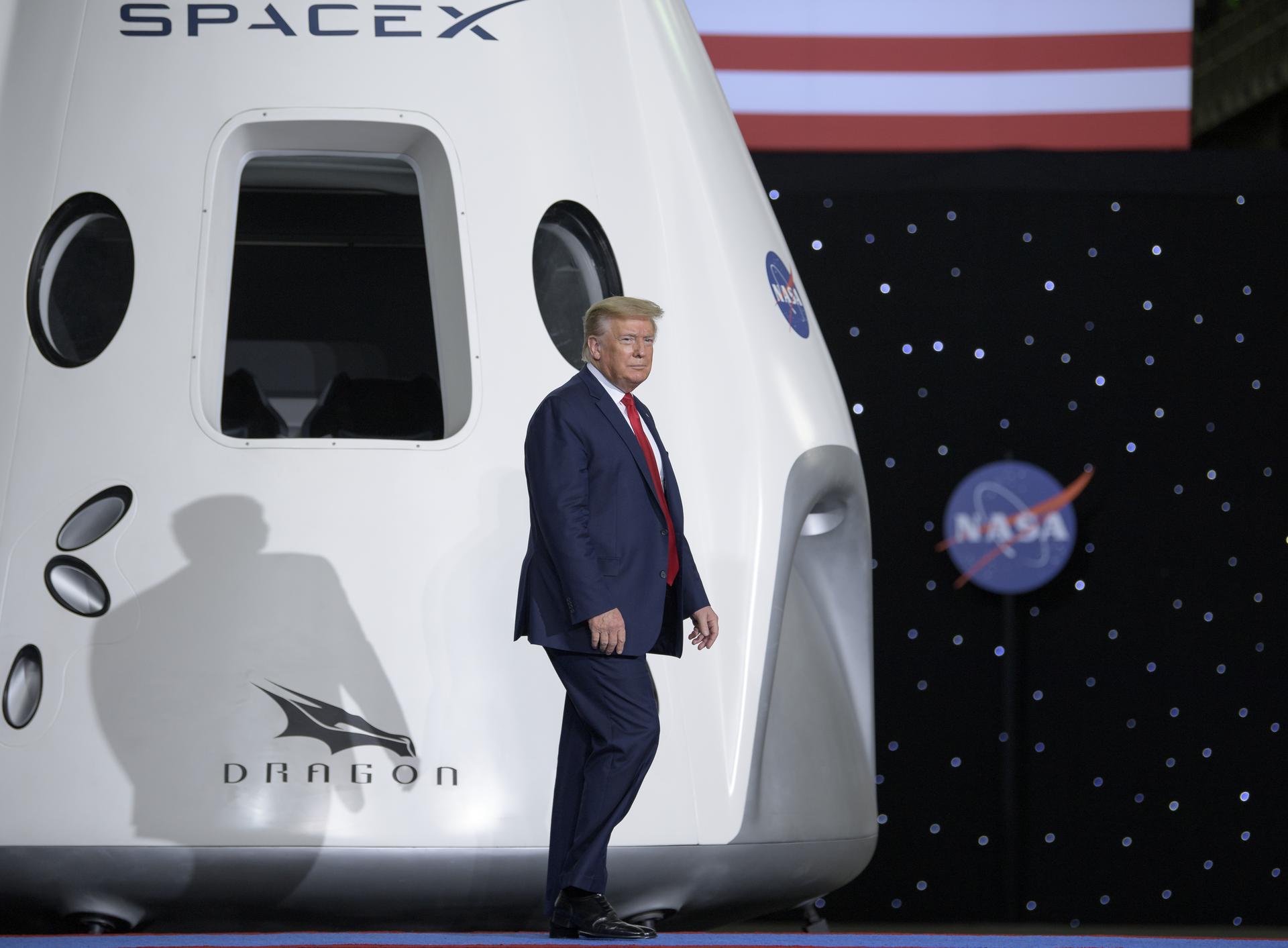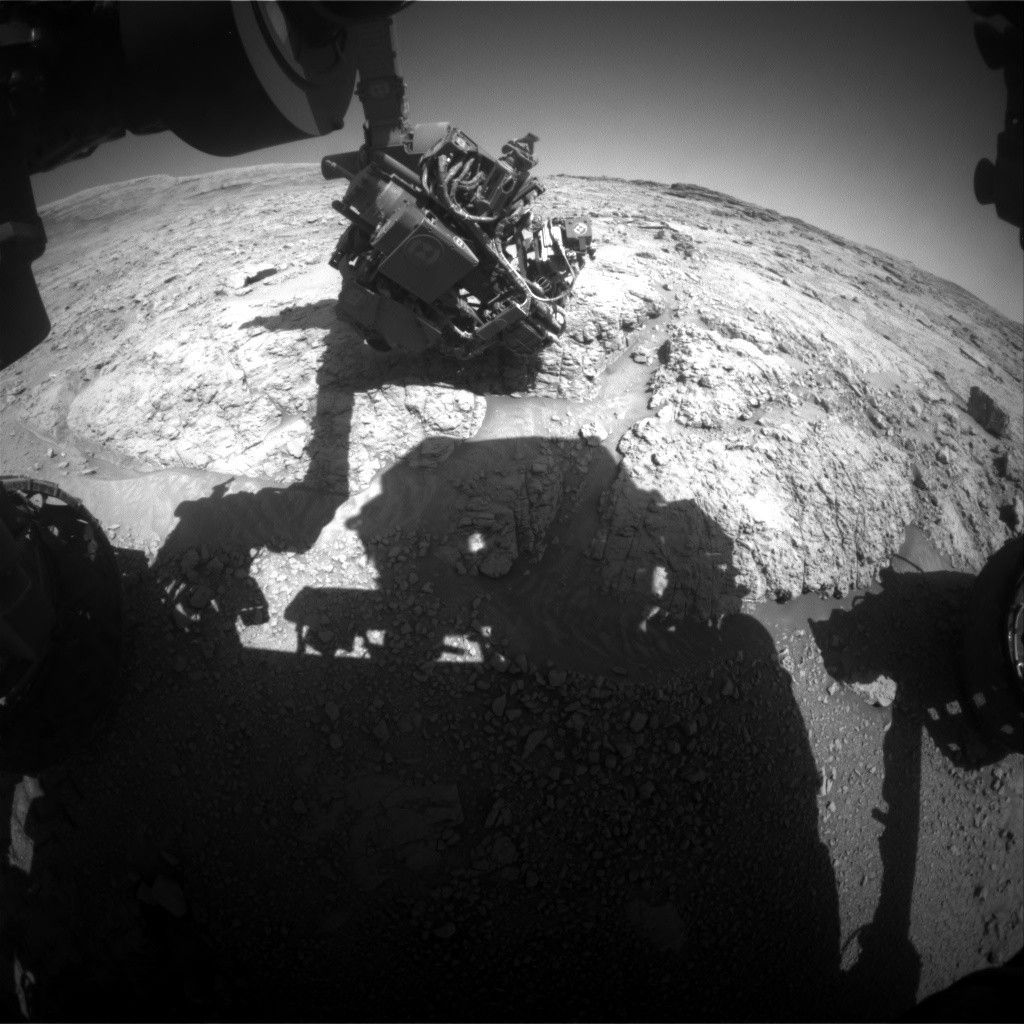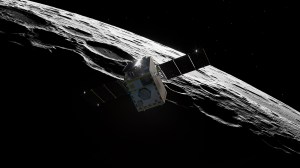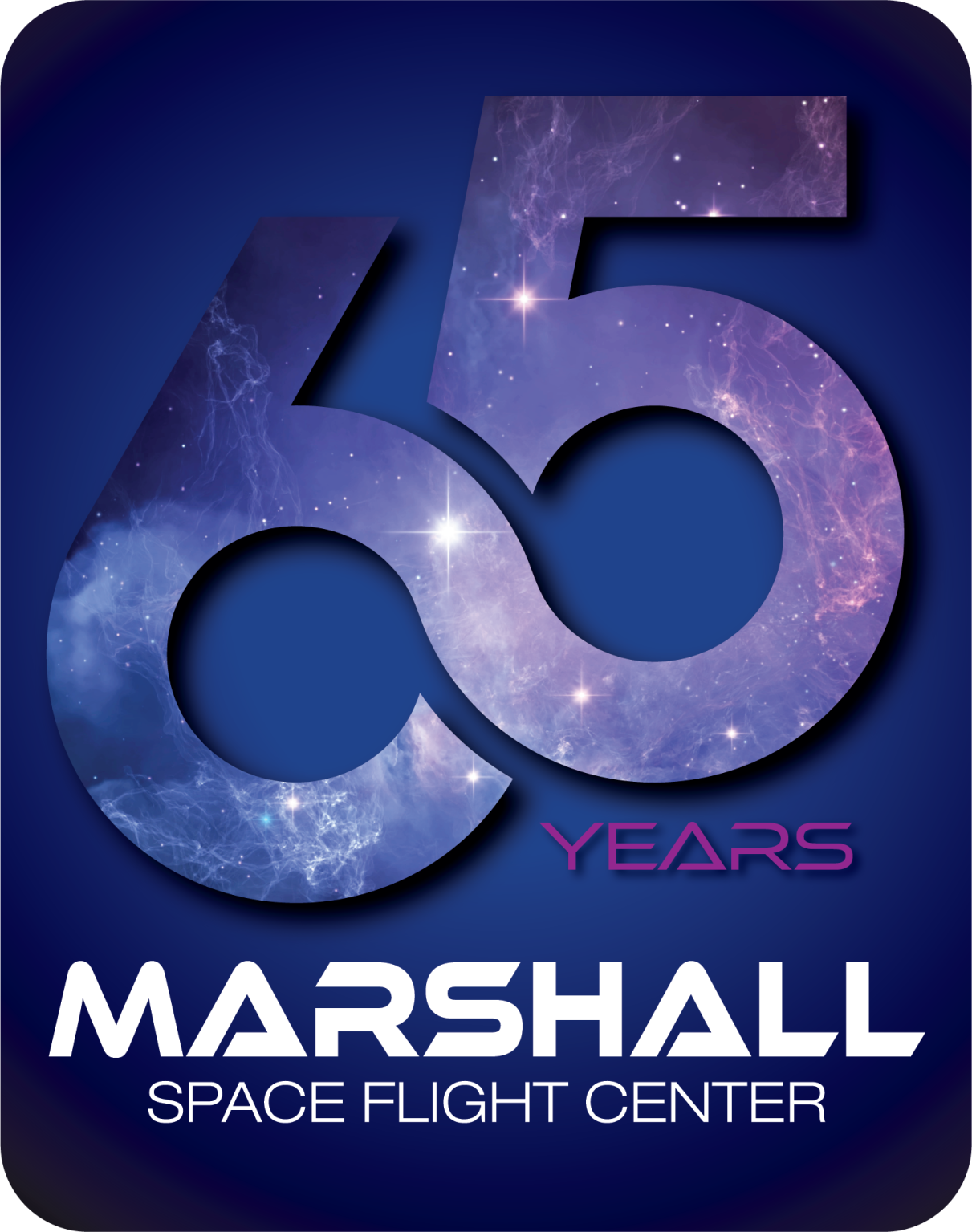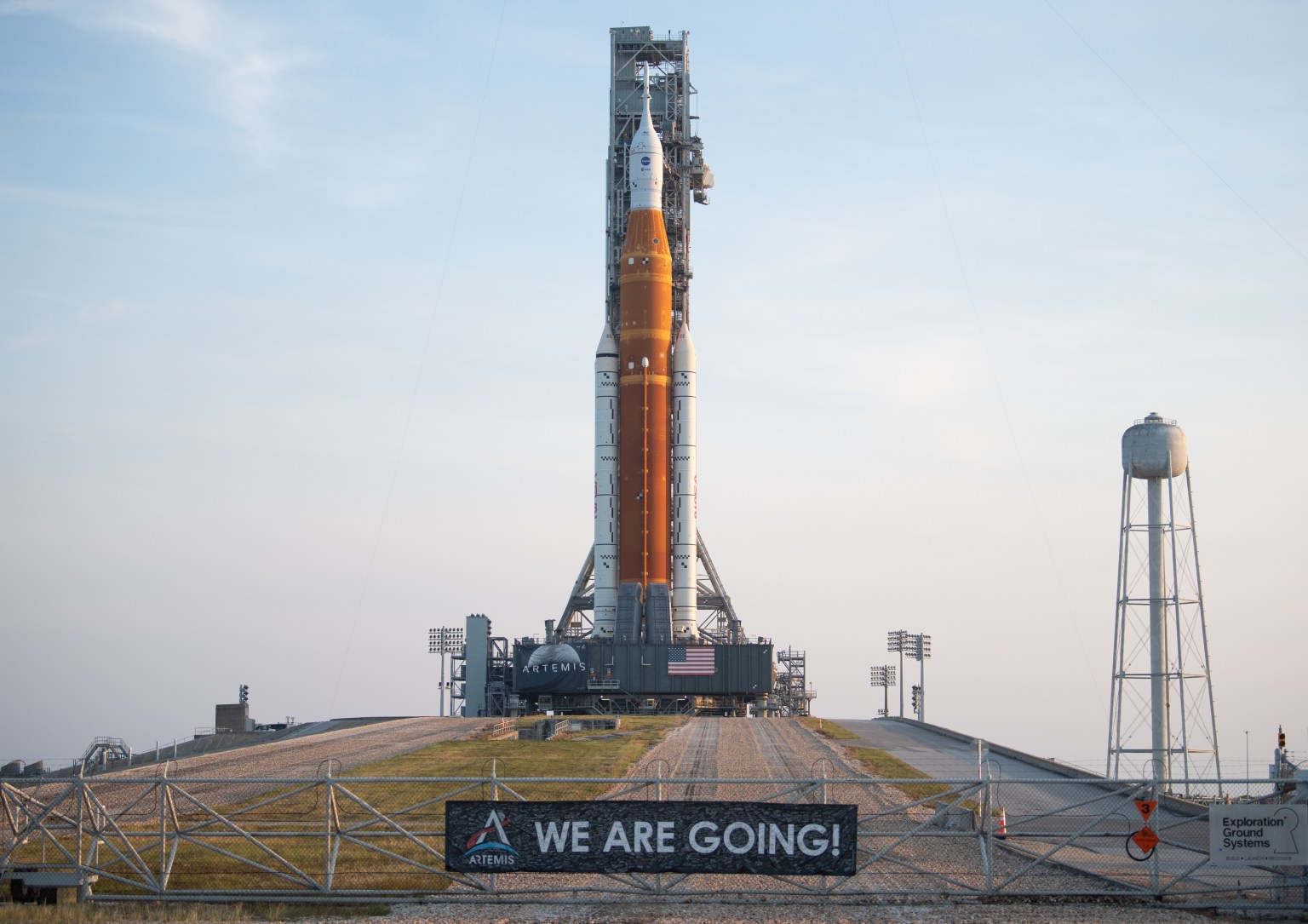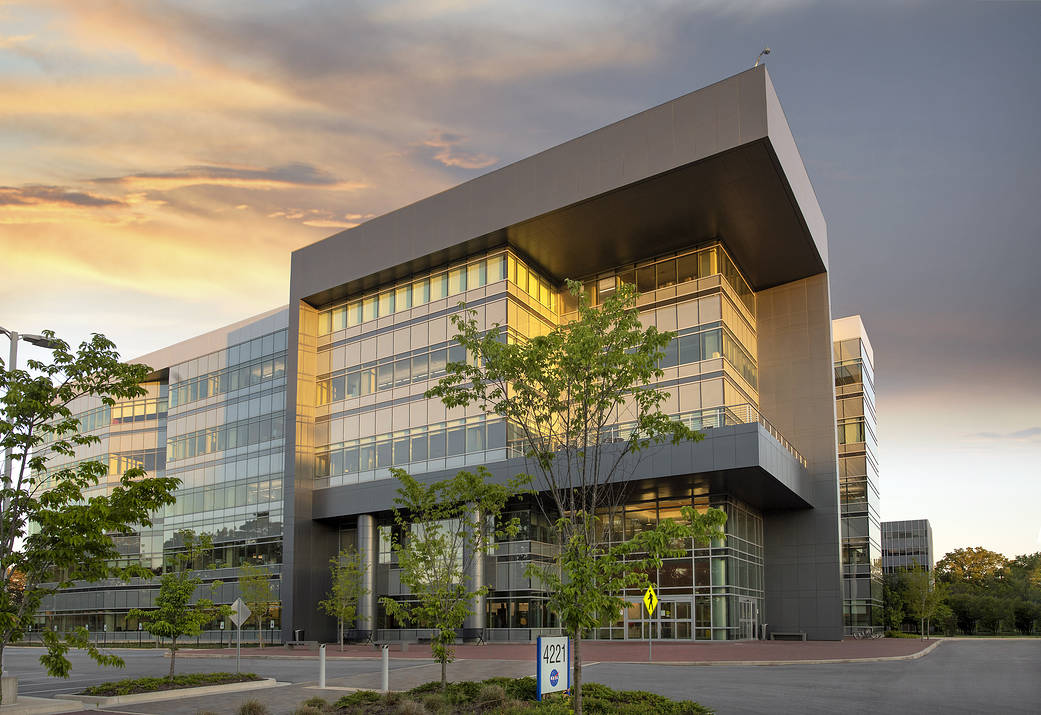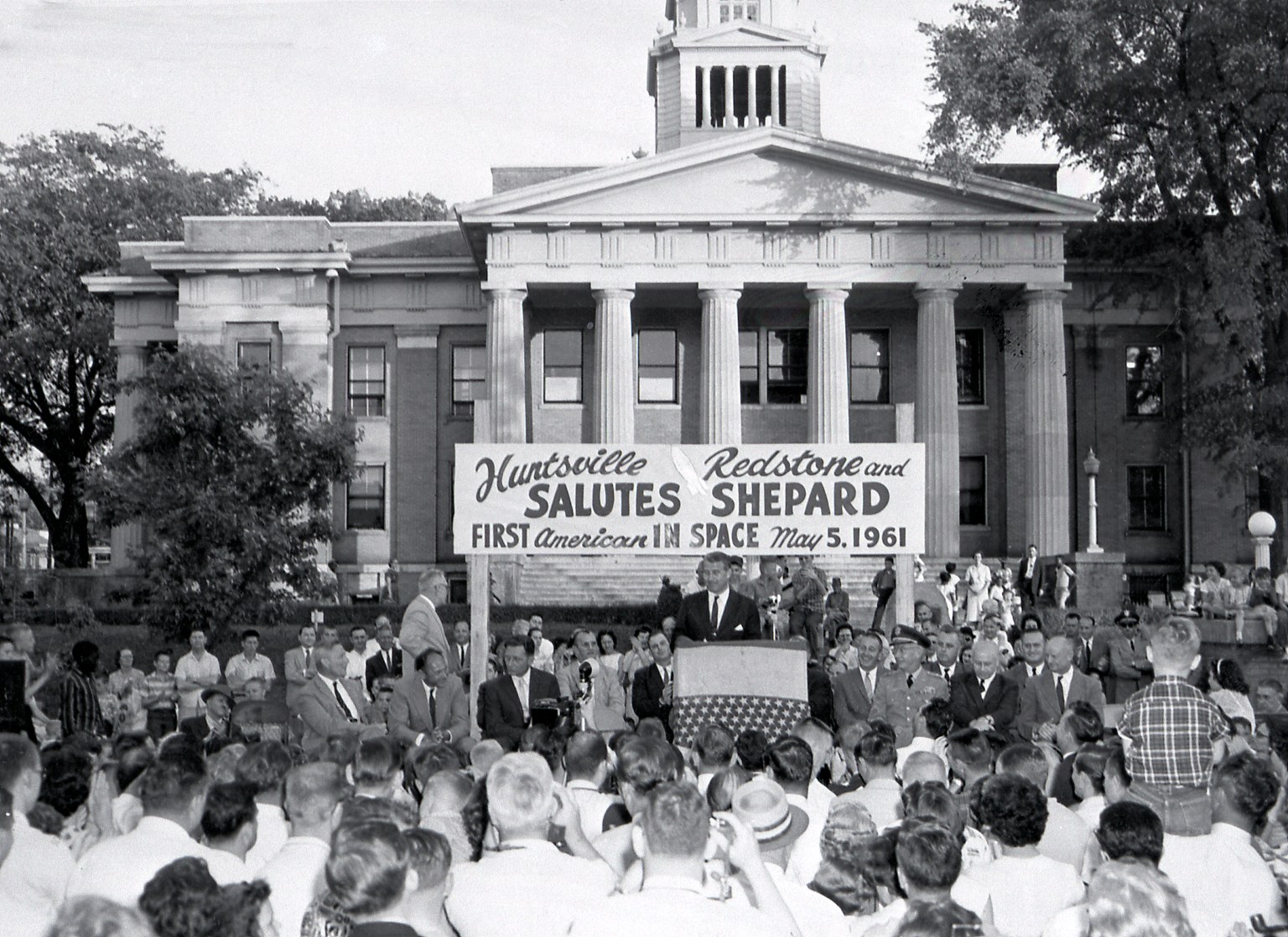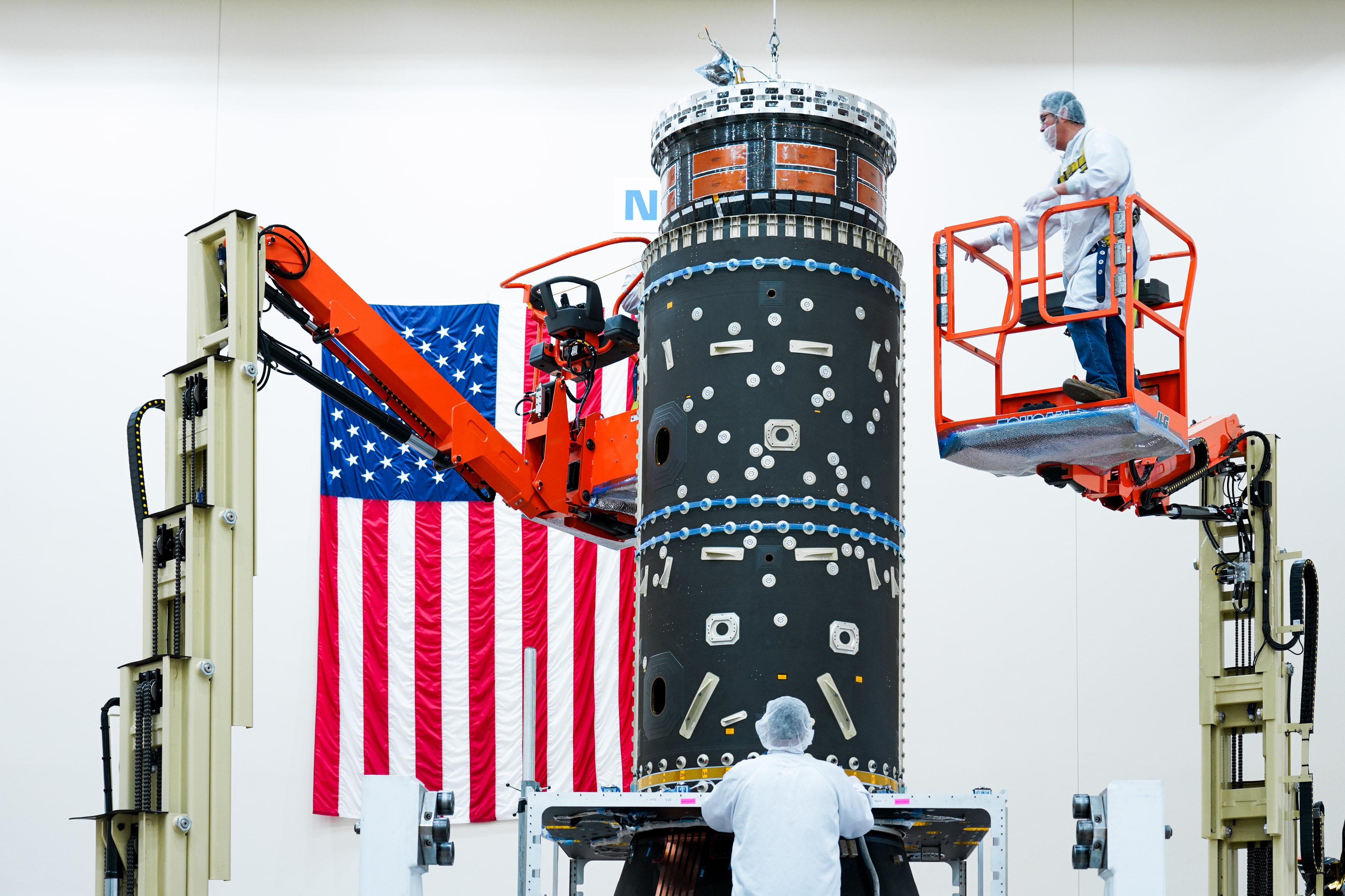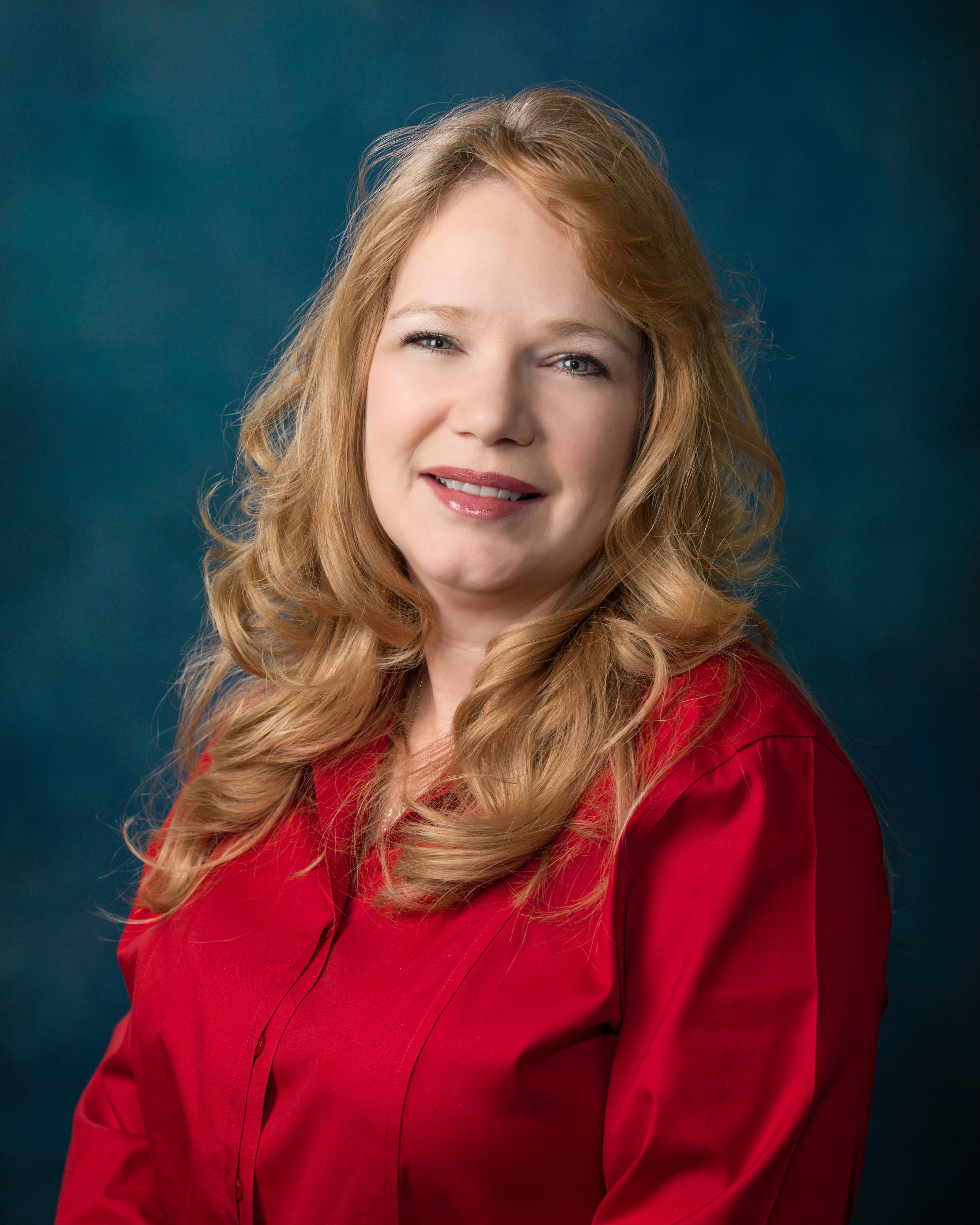NASA Marshall Reflects on 65 Years of Ingenuity, Teamwork
NASA’s Marshall Space Flight Center in Huntsville, Alabama, is celebrating its 65-year legacy of ingenuity and service to the U.S. space program – and the expansion of its science, engineering, propulsion, and human spaceflight portfolio with each new decade since the NASA field center opened its doors on July 1, 1960. What many Americans likely call to […]

NASA Marshall Reflects on 65 Years of Ingenuity, Teamwork
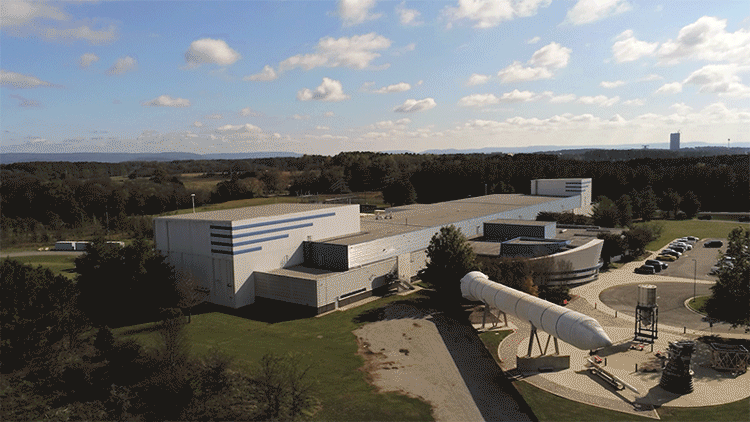
NASA’s Marshall Space Flight Center in Huntsville, Alabama, is celebrating its 65-year legacy of ingenuity and service to the U.S. space program – and the expansion of its science, engineering, propulsion, and human spaceflight portfolio with each new decade since the NASA field center opened its doors on July 1, 1960.
What many Americans likely call to mind are the “days of smoke and fire,” said Marshall Director Joseph Pelfrey, referring to the work conducted at Marshall to enable NASA’s launch of the first Mercury-Redstone rocket and the Saturn V which lifted Americans to the Moon, the inaugural space shuttle mission, and the shuttle flights that carried the Hubble Space Telescope, Chandra X-ray Observatory, and elements of the International Space Station to orbit. Most recently, he said they’re likely to recall the thunder of NASA’s SLS (Space Launch System), rising into the sky during Artemis I.
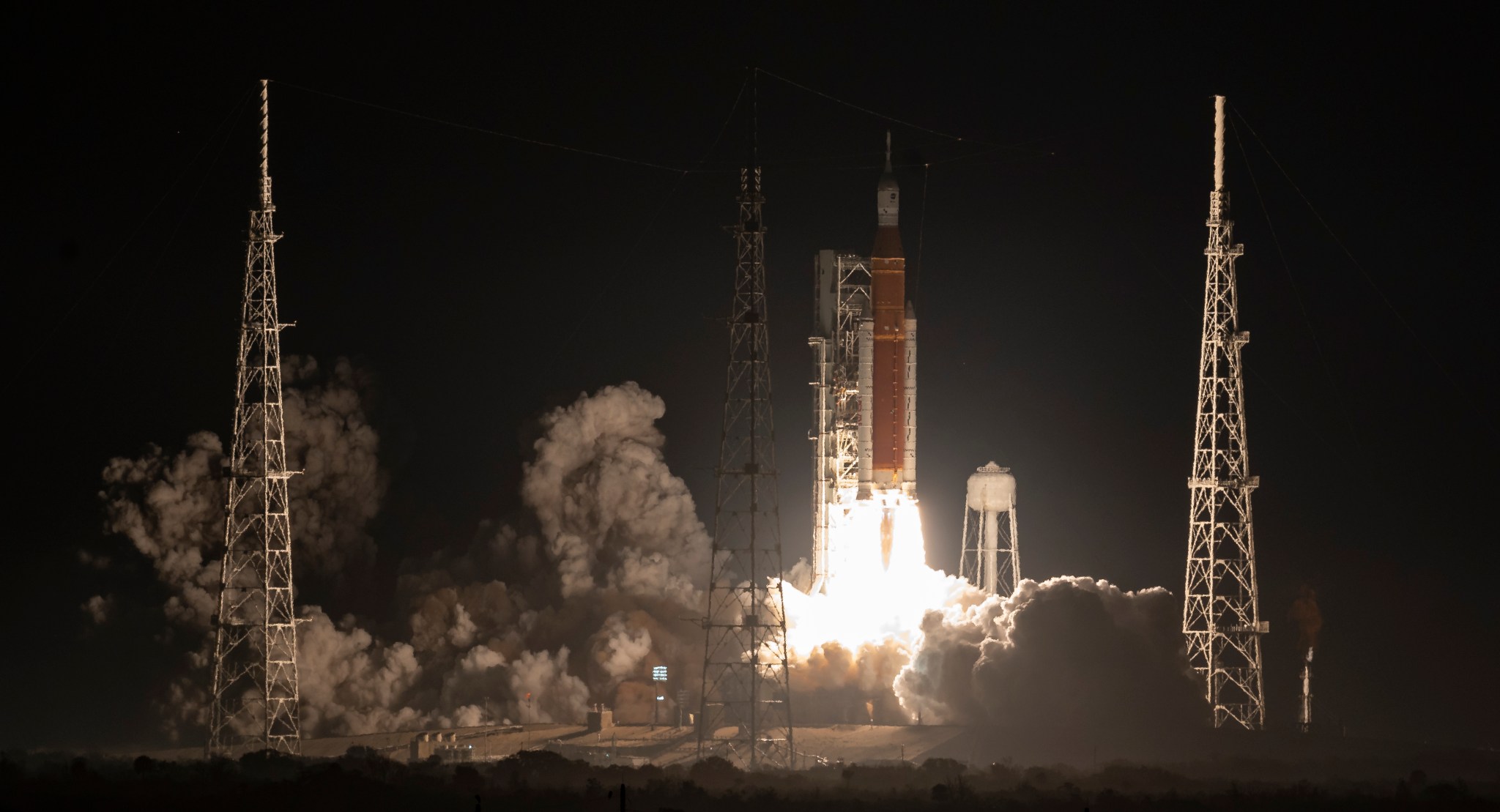
Yet all the other days are equally meaningful, Pelfrey said, highlighting a steady stream of milestones reflecting the work of Marshall civil service employees, contractors, and industry partners through the years – as celebrated in a new “65 Years of Marshall” timeline.
“The total sum of hours, contributed by tens of thousands of men and women across Marshall’s history, is incalculable,” Pelfrey said. “Together they’ve blended legacy with innovation – advancing space exploration and scientific discovery through collaboration, engineering excellence, and technical solutions. They’ve invented and refined technologies that make it possible to safely live and work in space, to explore other worlds, and to help safeguard our own.
The total sum of hours, contributed by tens of thousands of men and women across Marshall’s history, is incalculable.

Joseph Pelfrey
Marshall Space Flight Center Director
“Days of smoke and fire may be the most visible signs, but it’s the months and years of preparation and the weeks of post-launch scientific discovery that mark the true dedication, sacrifice, and monumental achievements of this team.”
Reflecting on Marshall history
Marshall’s primary task in the 1960s was the development and testing of the rockets that carried the first American astronaut to space, and the much larger and more technically complex Saturn rocket series, culminating in the mighty Saturn V, which carried the first human explorers to the Moon’s surface in 1969.
“Test, retest, and then fly – that’s what we did here at the start,” said retired engineer Harry Craft, who was part of the original U.S. Army rocket development team that moved from Fort Bliss, Texas, to Huntsville to begin NASA’s work at Marshall. “And we did it all without benefit of computers, working out the math with slide rules and pads of paper.”
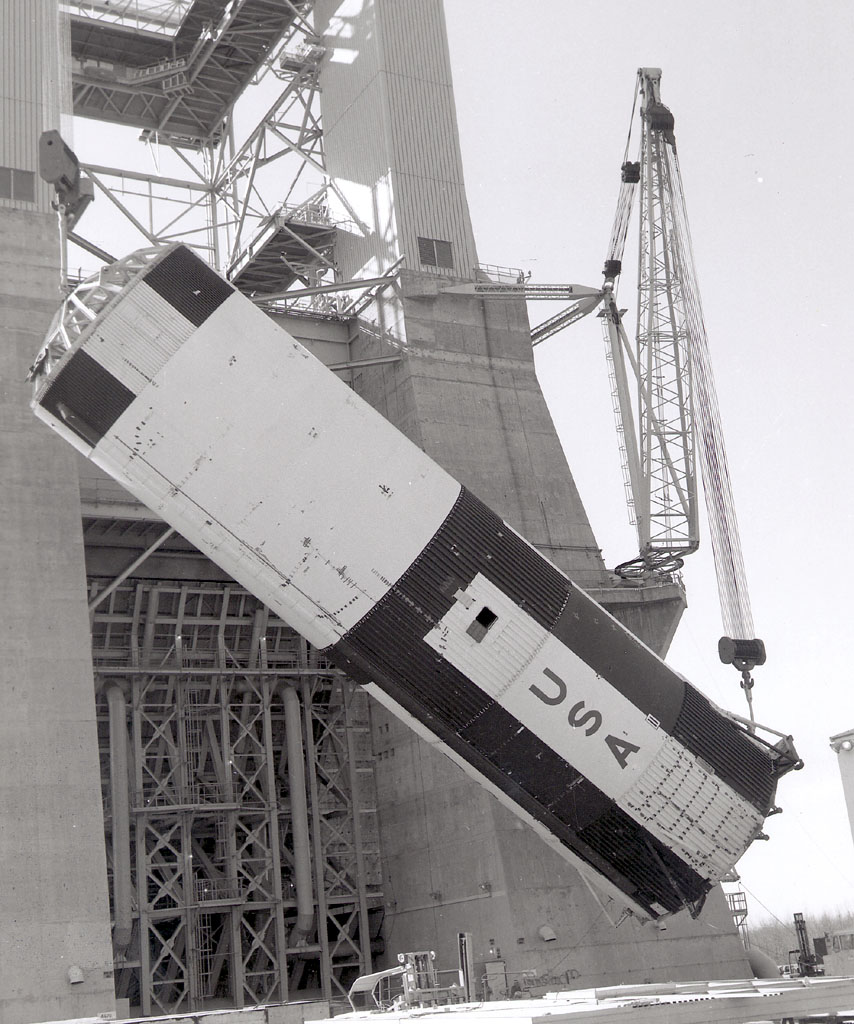
“Those were exciting times,” retired test engineer Parker Counts agreed. He joined Marshall in 1963 to conduct testing of the fully assembled and integrated Saturn first stages. It wasn’t uncommon for work weeks to last 10 hours a day, plus weekend shifts when deadlines were looming.
Counts said Dr. Wernher von Braun, Marshall’s first director, insisted staff in the design and testing organizations be matched with an equal number of engineers in Marshall’s Quality and Reliability Assurance Laboratory.
“That checks-and-balances engineering approach led to mission success for all 32 of the Saturn family of rockets,” said Counts, who went on to support numerous other propulsion programs before retiring from NASA in 2003.
“We worked with the best minds and best equipment available, pushing the technology every day to deliver the greatest engineering achievement of the 20th century,” said instrumentation and electronics test engineer Willie Weaver, who worked at Marshall from 1960 to 1988 – and remains a tour guide at its visitor center, the U.S. Space & Rocket Center.
We worked with the best minds and best equipment available, pushing the technology every day to deliver the greatest engineering achievement of the 20th century.
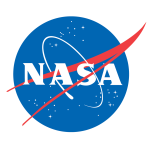
Willie Weaver
Former Marshall Space Flight Center Employee
The 1970s at Marshall were a period of transition and expanded scientific study, as NASA ended the Apollo Program and launched the next phase of space exploration. Marshall provided critical work on the first U.S. space station, Skylab, and led propulsion element development and testing for NASA’s Space Shuttle Program.
Marshall retiree Jim Odom, a founding engineer who got his start launching NASA satellites in the run-up to Apollo, managed the Space Shuttle External Tank project. The role called for weekly trips to NASA’s Michoud Assembly Facility in New Orleans, which has been managed by Marshall since NASA acquired the government facility in 1961. The shuttle external tanks were manufactured in the same bays there where NASA and its contractors built the Saturn rockets.
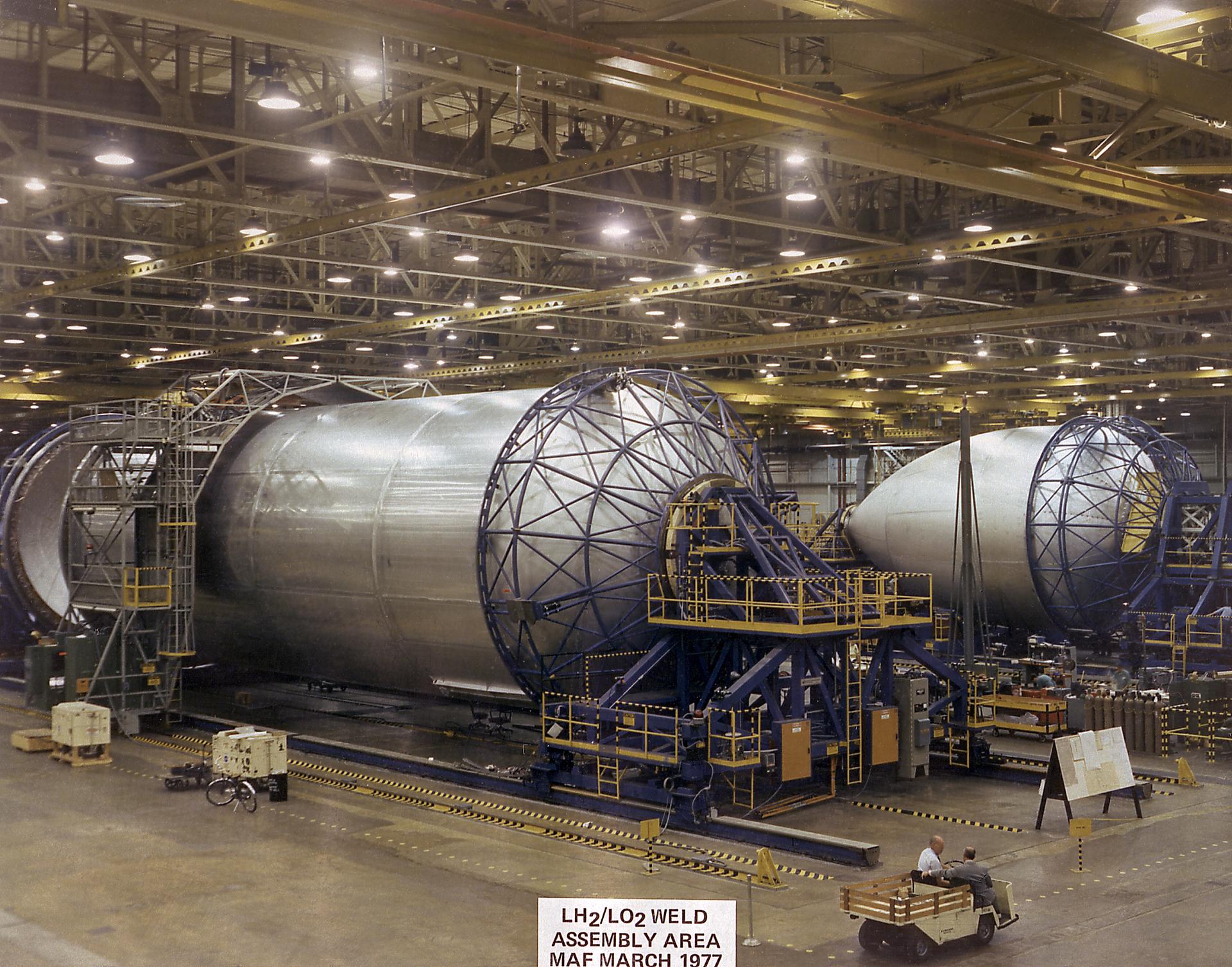
“We didn’t have cellphones or telecon capabilities yet,” Odom recalled. “I probably spent more time with the pilot of the twin-engine plane in those days than I did with my wife.”
Marshall’s shuttle propulsion leadership led to the successful STS-1 mission in 1981, launching an era of orbital science exemplified by NASA’s Spacelab program.
“Spacelab demonstrated that NASA could continue to achieve things no one had ever done before,” said Craft, who served as mission manager for Spacelab 1 in 1983 – a highlight of his 40-year NASA career. “That combination of science, engineering, and global partnership helped shape our goals in space ever since.”
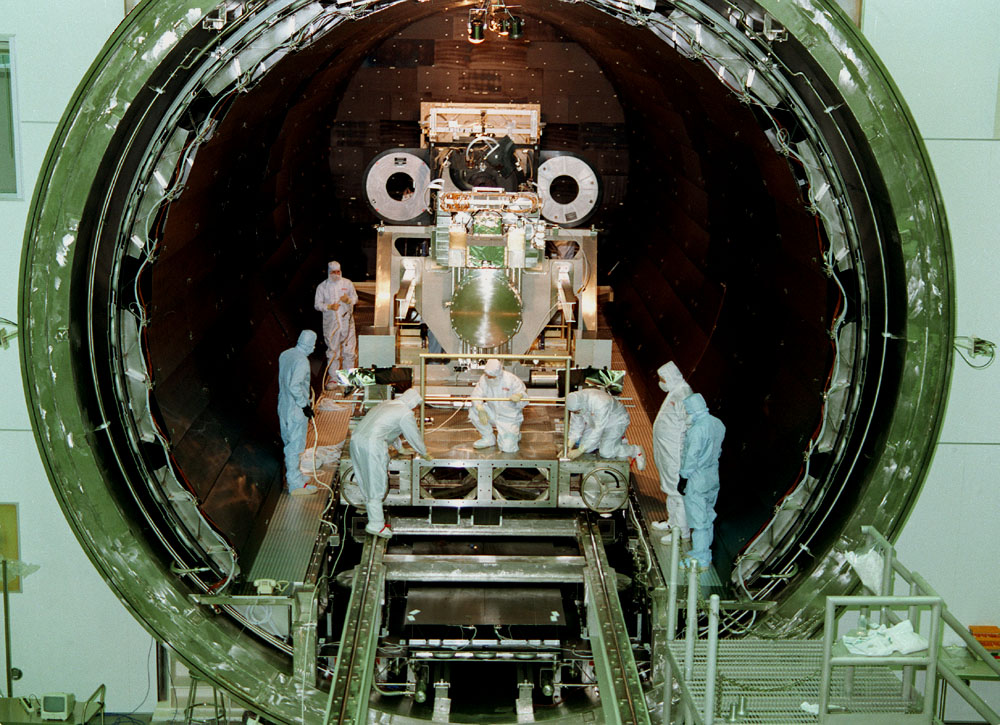
Bookended by the successful Hubble and Chandra launches, the 1990s also saw Marshall deliver the first U.S. module for the International Space Station, signaling a transformative new era of human spaceflight.
Odom, who retired in 1989 as associate administrator for the space station at NASA Headquarters, reflects on his three-decade agency career with pride.
“It was a great experience, start to finish, working with the teams in Huntsville and New Orleans and our partners nationwide and around the globe, meeting each new challenge, solving the practical, day-to-day engineering and technology problems we only studied about in college,” he said.
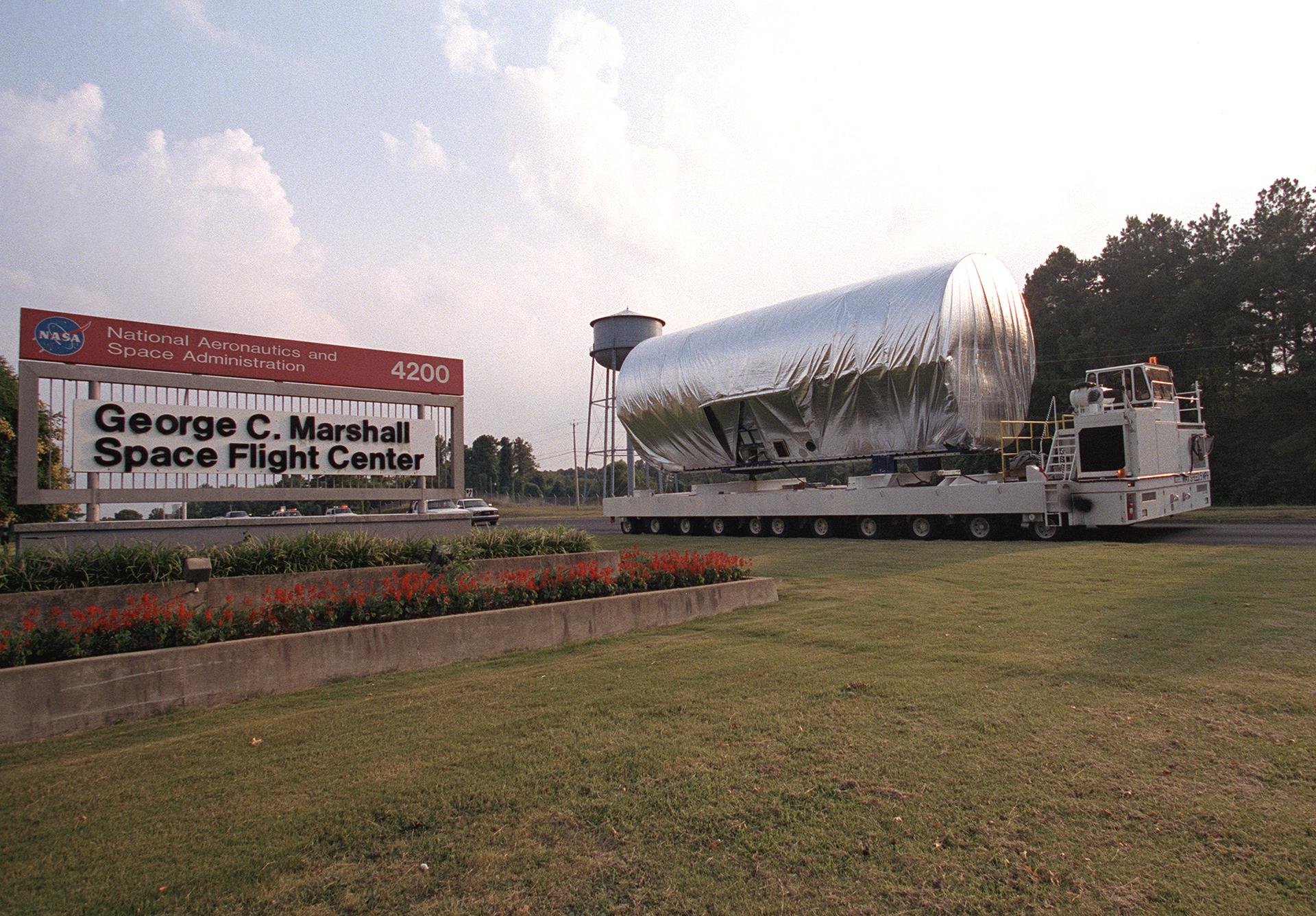
That focus on human spaceflight solutions continued into the 21st century. Marshall delivered additional space station elements and science hardware, refined its air and water recycling systems, and led round-the-clock science from the Payload Operations Integration Center. Marshall scientists also managed the Gravity Probe Band Hinode missions and launched NASA’s SERVIR geospatial observation system. Once primary space stationconstruction – and the 40-year shuttle program – concluded in the 2010s, Marshall took on oversight of NASA’s Space Launch System, led James Webb Space Telescope mirror testing, and delivered the orbiting Imaging X-ray Polarimetry Explorer.
As the 2020s continue, Marshall meets each new challenge with enthusiasm and expertise, preparing for the highly anticipated Artemis II crewed launch and a host of new science and discovery missions – and buoyed by strong industry partners and by the Huntsville community, which takes pride in being home to “Rocket City USA.”
“Humanity is on an upward, outward trajectory,” Pelfrey said. “And day after day, year after year, Marshall is setting the course to explore beyond tomorrow’s horizon.”
Read more about Marshall and its 65-year history:
Hannah Maginot
Marshall Space Flight Center, Huntsville, Ala.
256-544-0034
hannah.l.maginot@nasa.gov
What's Your Reaction?








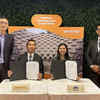




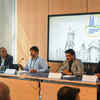


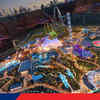


.jpg?#)

